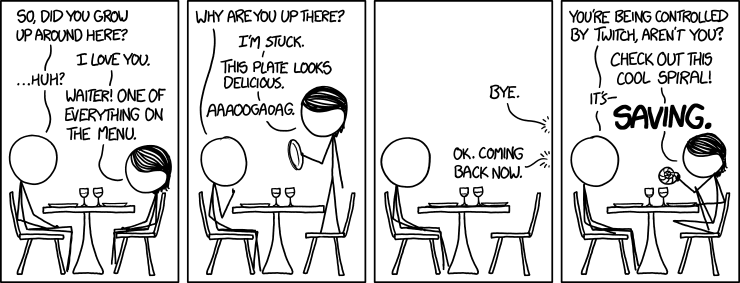Mariska Mantione, Martijn Figee, and Damiaan Denys, "A case of musical preference for Johnny Cash following deep brain stimulation of the nucleus accumbens", Frontiers in Behavioral Neuroscience, 5/6/2014.
Mr. B., a 59-year old married man, was referred to the department of Anxiety disorders, suffering from obsessive-compulsive disorder (OCD) for 46 years. He reported obsessions about fear for uncertainty and illogical things, and compulsions about seeking reassurance and hoarding. At the moment of referral, Mr. B. scored a total of 33 points on the Yale-Brown obsessive-compulsive scale (Y-BOCS; Goodman et al., 1989a,b), corresponding with extremely severe OCD. He scored 18 points on the Hamilton Anxiety Scale (HAM-A; Hamilton, 1959), corresponding with moderate anxiety and 14 points on the Hamilton Depression Scale (HAM-D; Hamilton, 1960), corresponding with mild depression. In spite of extensive treatment with pharmacotherapy and cognitive behavioral therapy, symptoms were still overpowering and Mr. B. remained extremely hindered in daily living.
Suffering from treatment-refractory OCD, Mr. B., was included for treatment with deep brain stimulation (DBS) targeted at the nucleus accumbens (NAcc). After signing informed consent, Mr. B., was implanted in December 2006 with two four-contact electrodes (Model 3389, Medtronics, Minneapolis). The electrodes were connected via subcutaneous extensions to Soletra stimulators (Medtronic, Minneapolis) placed bilaterally in an infraclavicular pocket under general anesthesia. The center of the deepest contacts was positioned 3 mm in front of the anterior border of the anterior commissure (AC), 7 mm lateral and 4 mm below the line connecting the anterior and posterior commissure (PC). This was verified by post-operative CT, fused with preoperative MR.
Read the rest of this entry »
